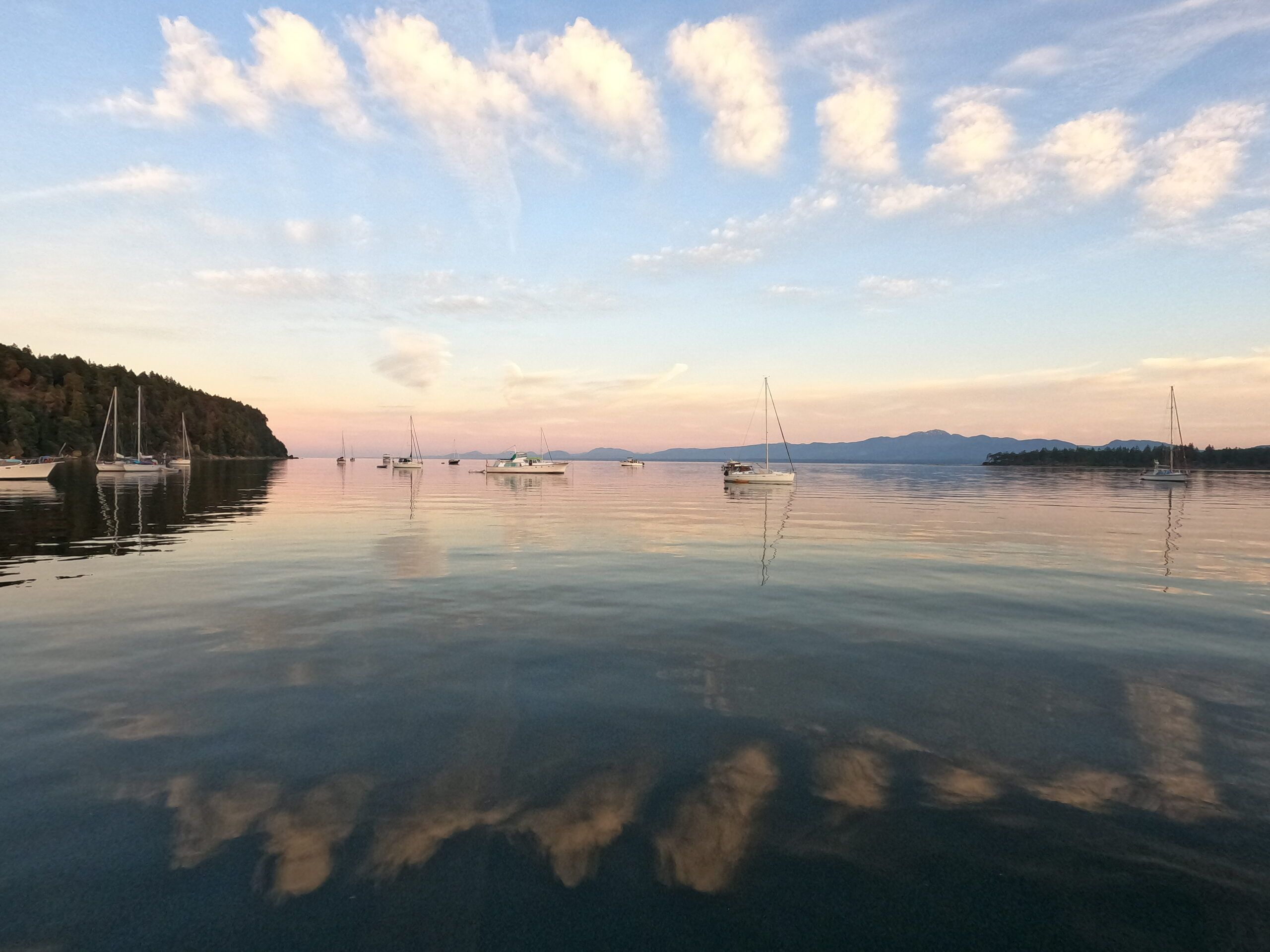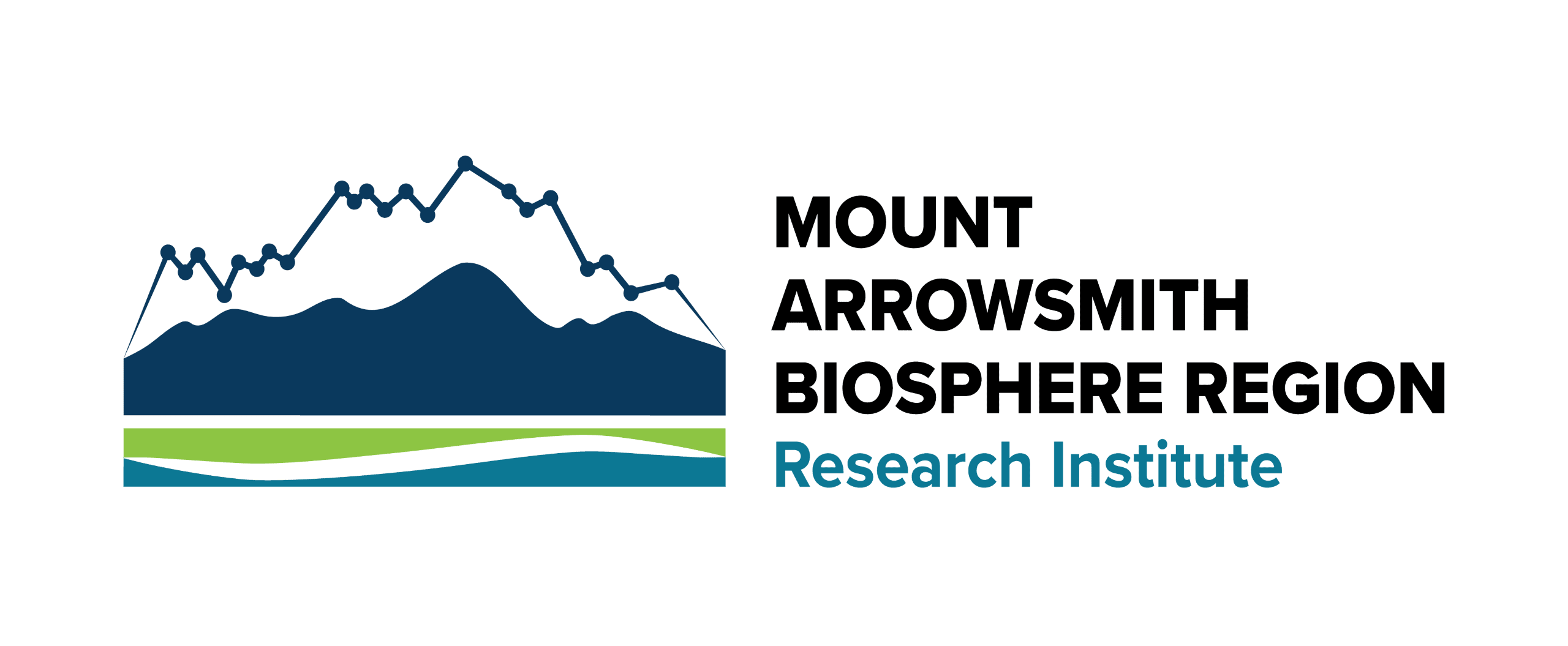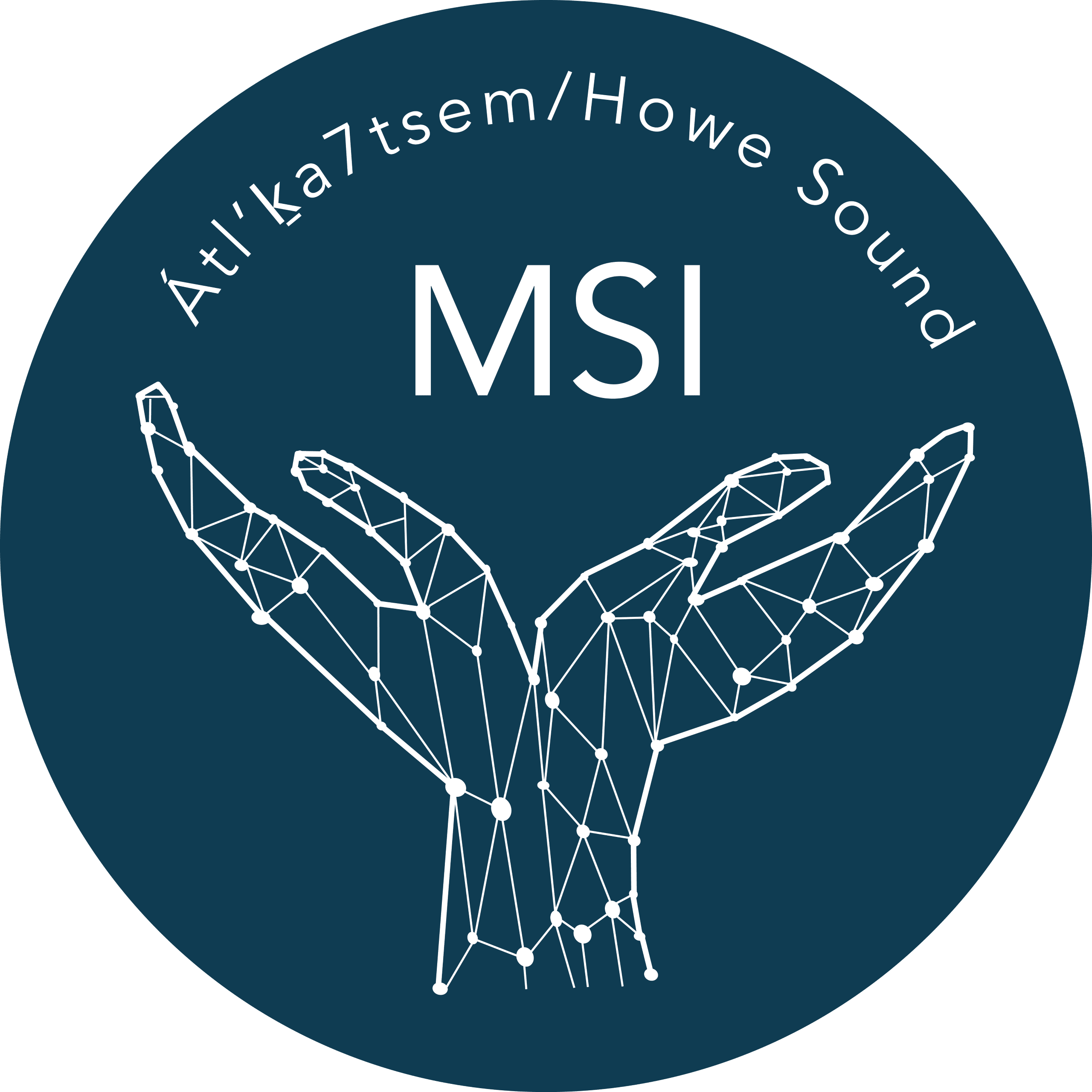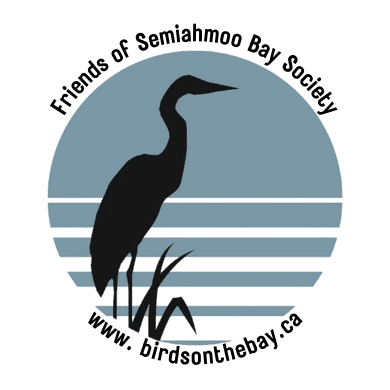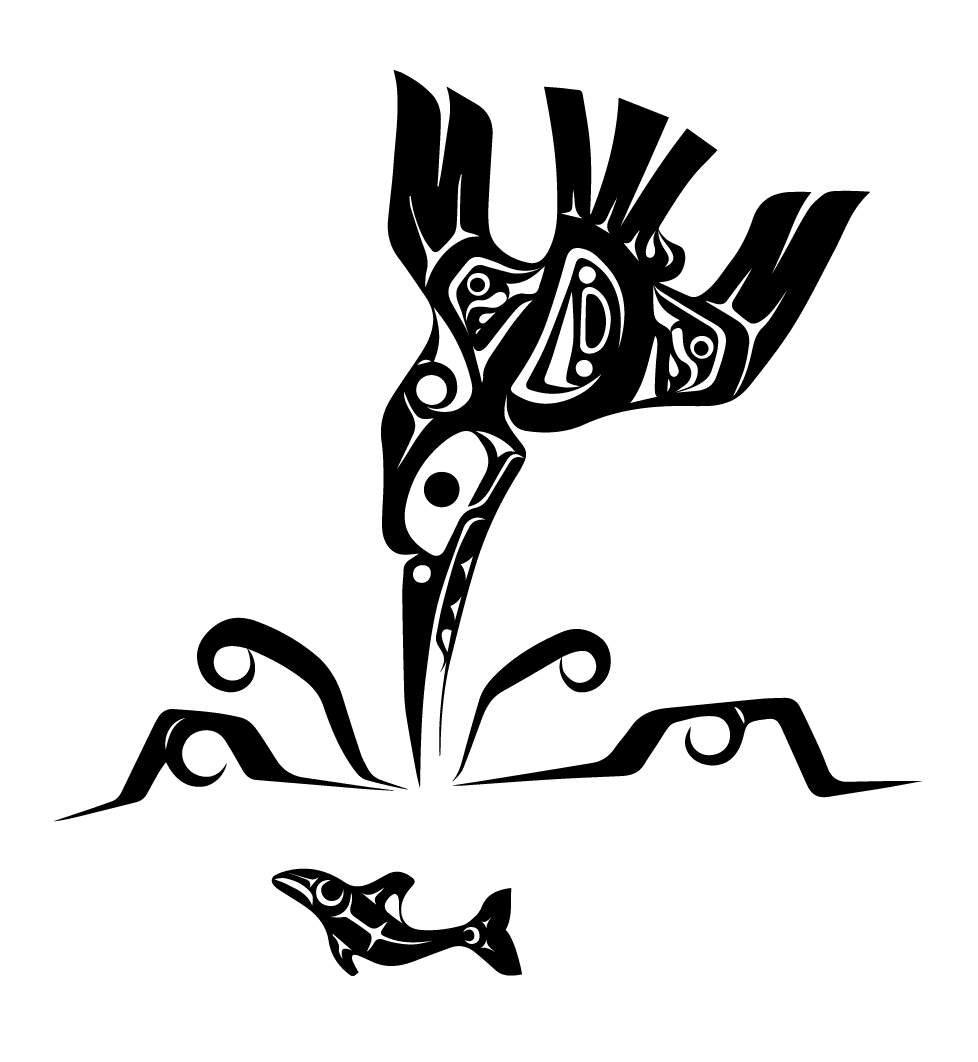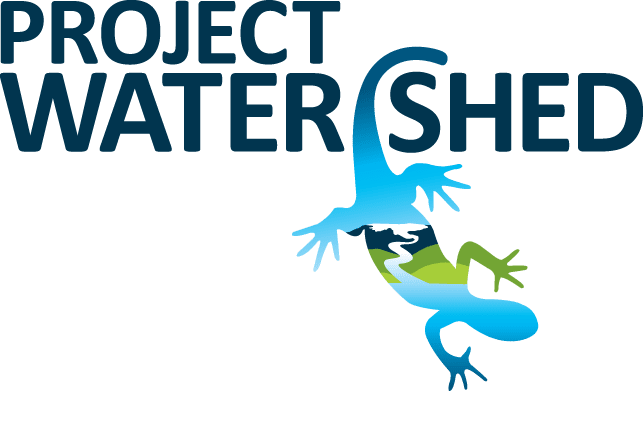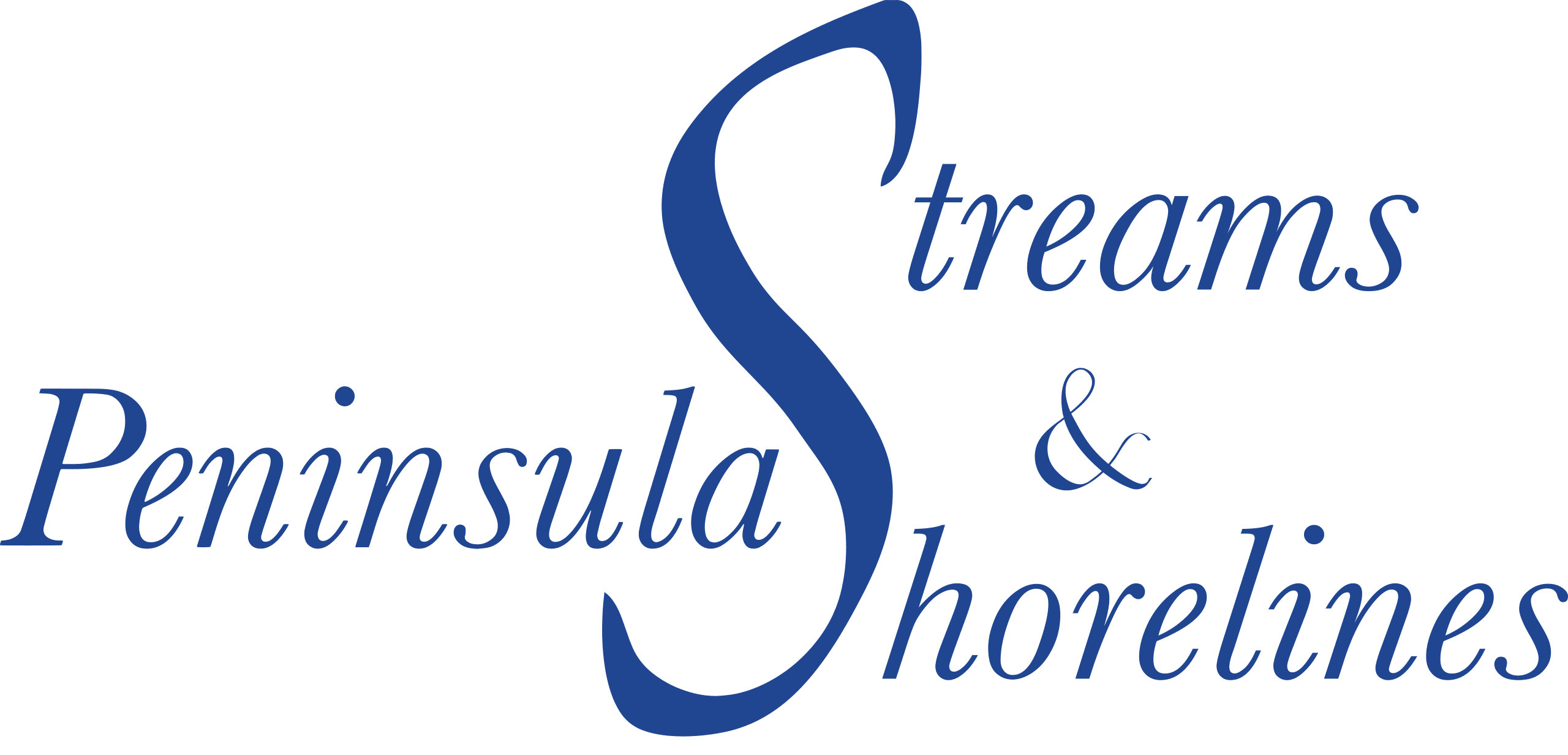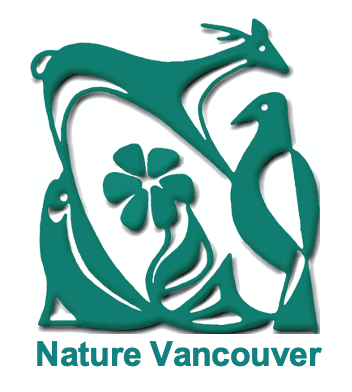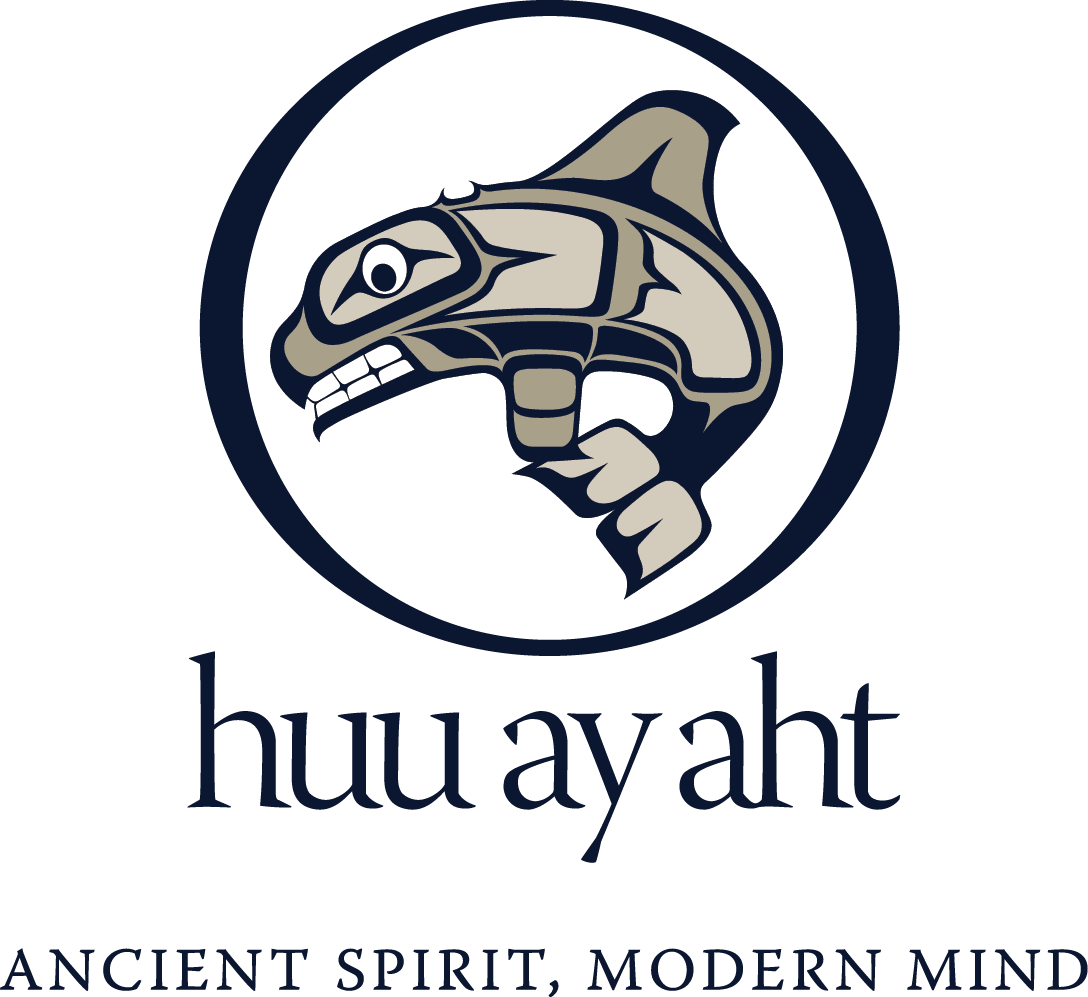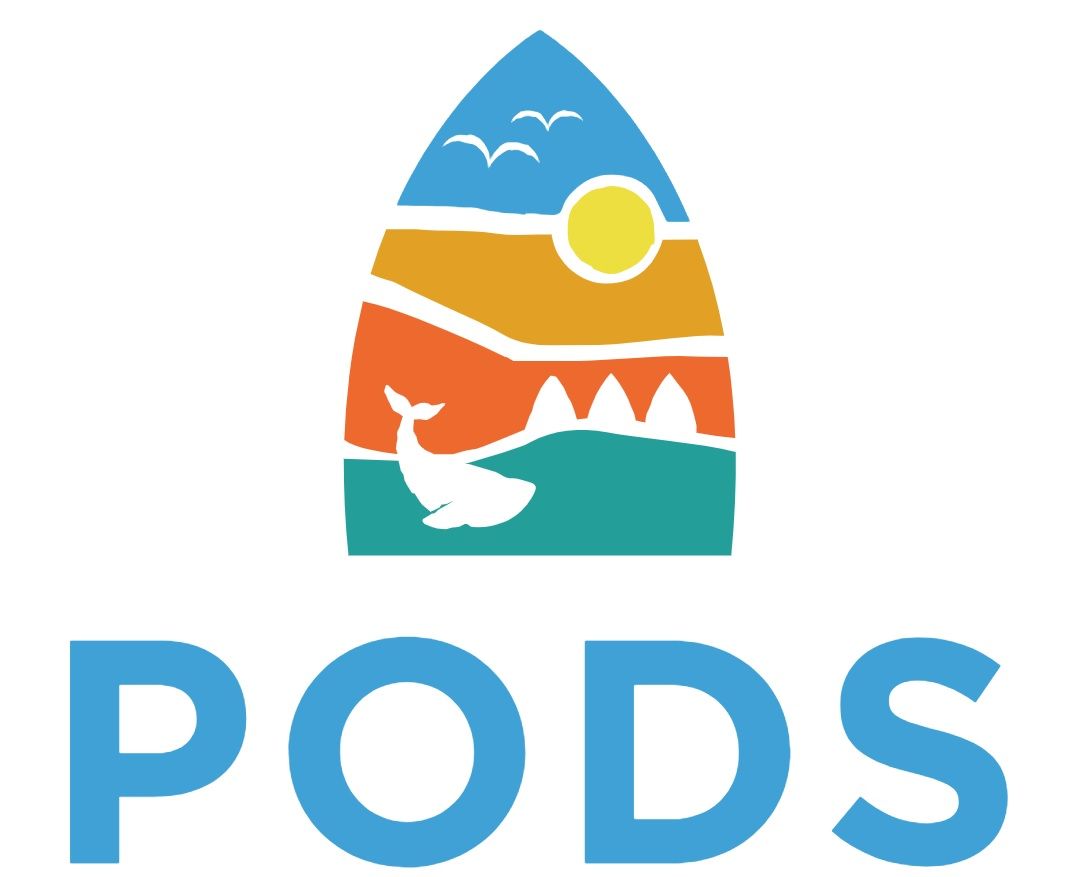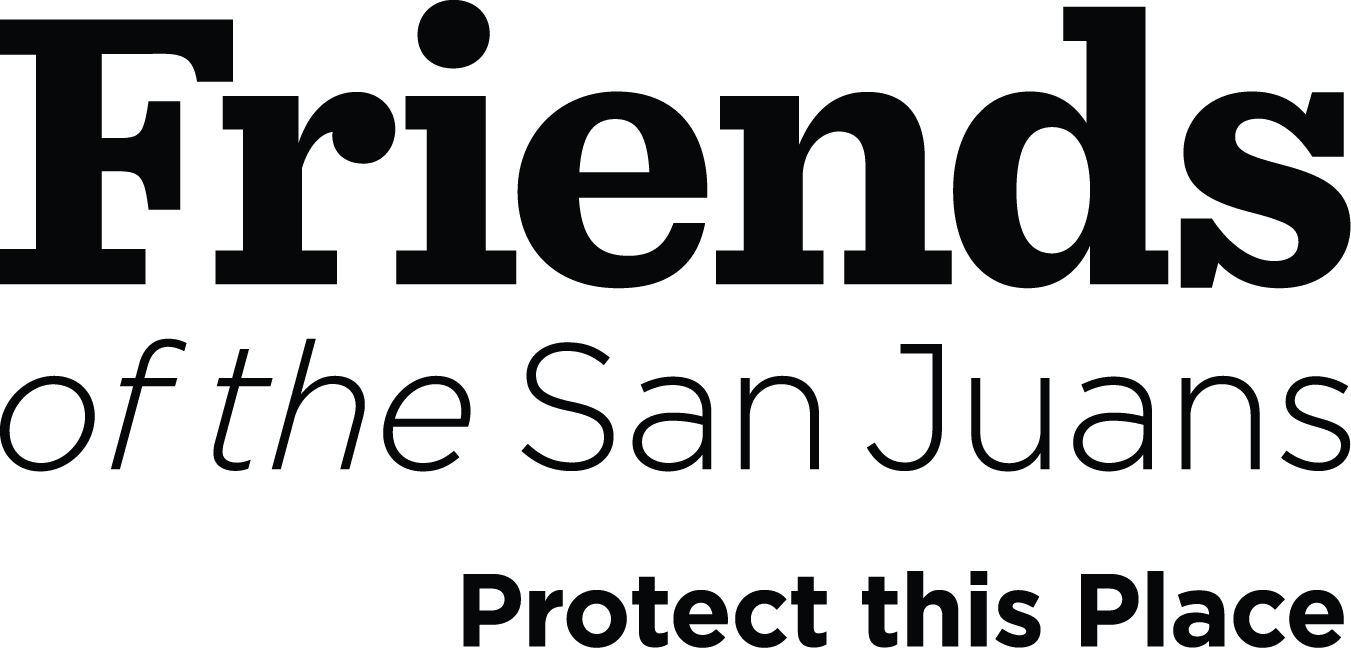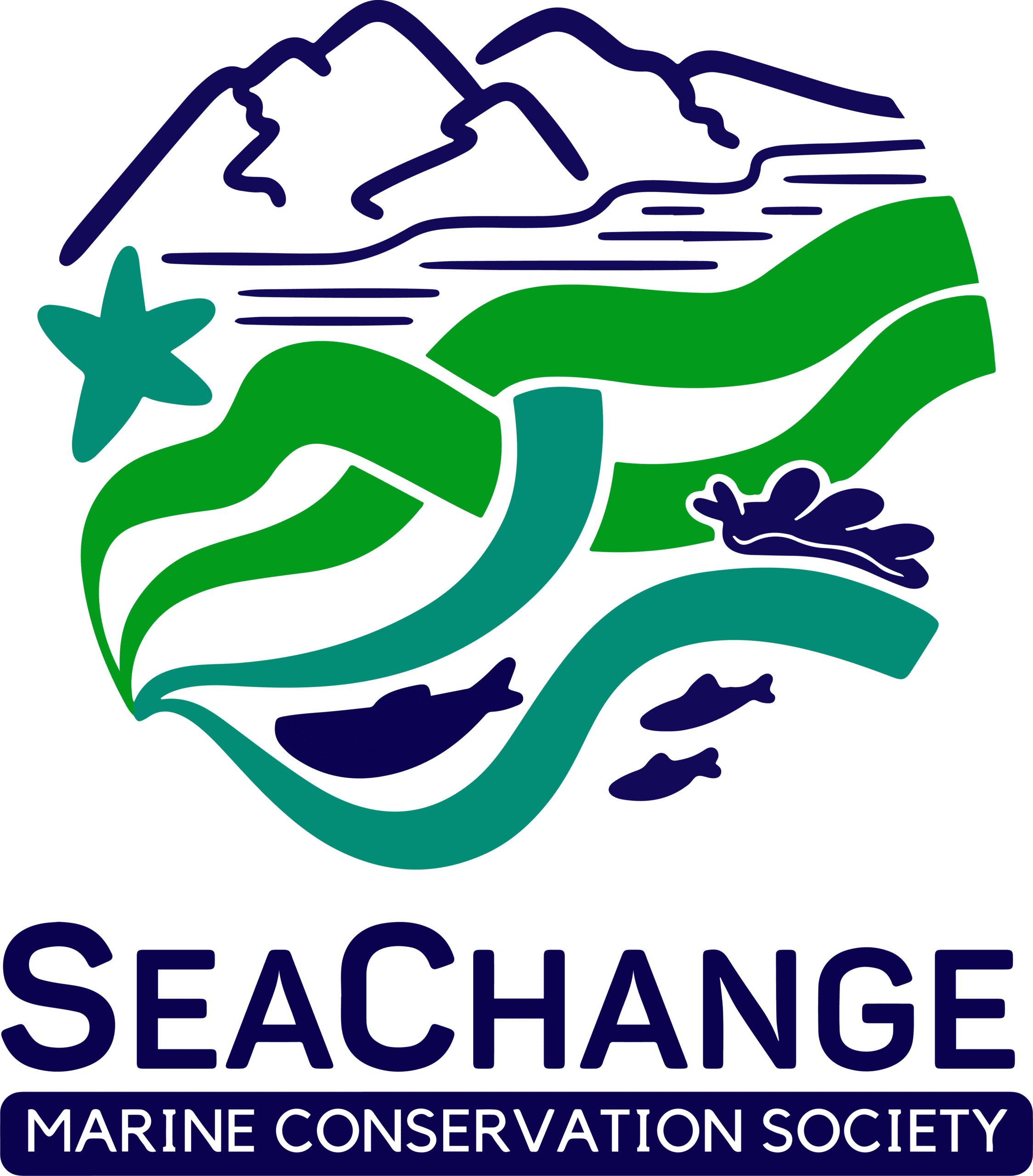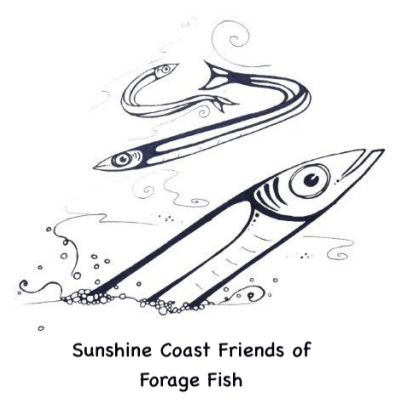What are forage fish?
Forage fish, often referred to as prey fish or bait fish, are small species that tend to school together and are an important food source for larger predators. Some key forage species include Pacific herring, surf smelt, Pacific anchovy, eulachon (also spelled oolichan or ooligan), Pacific sand lance, and Pacific capelin. Krill and squid can be considered forage species, and so can juvenile stages of larger fish like salmon and walleye pollock.
Forage fish form a critical link in the ocean food web, by transferring energy from their diet of plankton through to higher trophic levels.
Check out the data products below to learn from the data collected in this project.
About the Coastal Forage Fish Network
The Coastal Forage Fish Network’s (CFFN) mission is to facilitate collaboration between individual groups working on forage fish to determine where best to focus efforts, resources, and research to address data gaps in order to better inform management and regulatory decisions. The network’s vision is thriving, stable forage fish populations that can sustain the predators that rely upon them and contribute to a healthy marine food web within the coastal waters of BC.
This program started when biologist Ramona de Graaf led early efforts to train volunteers and community scientists throughout the Canadian Salish Sea to monitor their local beaches for beach spawning as well as to assess the integrity of the beach habitat. Since then, several grassroots organizations, individuals, and non-profits have been visiting the beaches in their own backyards to look for beach spawning forage fish eggs like those of Pacific sand lance and surf smelt.
In 2017, WWF-Canada’s role re-stimulated forage fish monitoring efforts in the Salish Sea, which included the development of a Forage Fish Monitoring guidance document and providing support, along with Pacific Salmon Foundation, for groups to do this work. They also provide a place to store data so they can be publicly available. During the same year, the Mount Arrowsmith Biosphere Region Research Institute (MABRRI), based out of Vancouver Island University (VIU), refined the original methodologies used for assessing forage fish intertidal beach spawning. WWF-Canada facilitated the review process of both the guidance document and methodology by Fisheries and Oceans Canada and Washington State government biologists. They also increased the opportunity for the community organizations to come together in the annual engagement to discuss their work, which included bringing in more recognition from government agencies at these events.
In 2022, the informal network of groups across the Salish Sea came together to formally create the BC Forage Fish Monitoring Network. In 2023, there was a vote to rename to the Coastal Forage Fish Network so as to capture all the work the Network members were conducting.
Forage Fish Egg Survey Training Videos
This video series is designed as a practical training tool for anyone interested in monitoring forage fish on the BC coast. Produced by the Peninsula Streams Society, the series walks viewers through the full survey process — from identifying suitable beaches and sampling sediment, to processing samples and spotting forage fish eggs under a microscope. Whether you’re new to forage fish research or looking to refine your skills, these videos provide clear, step-by-step guidance grounded in community science and regional expertise.
Coastal Forage Fish Network Effort and Findings
This dashboard displays information on the survey effort and positive egg detection in the beaches surveyed by volunteers and associated organizations of CFFN. Use the sidebar to the left to filter the layers of the map and the bar graph. The graph will also be updated depending on the map extent, so it will change as the user pans, or zooms in/out. Users can enlarge each item of the dashboard by clicking on the expand button at the top right corner of each item.
Resources
- CFFN Annual Virtual Forum, April 23rd 2025
- Story Map: Forage Fish in the Salish Sea
- CFFN data, data dictionary, and additional data resources
- Forage Fish Spawning Habitat Monitoring in Washington’s Salish Sea
- Predicted Forage Fish Spawning Habitat in the Gulf Islands Using ShoreZone Data, 2017
- Intertidal beach spawning habitat suitability model for Pacific sand lance in the Salish Sea, 2009-2019
- Forage Fish Atlas and Data Management System by the Community Mapping Network.
- Forage Fish Beach Spawning Surveys in British Columbia Guidance Document by WWF Canada
CFFN Partners
The Coastal Fish Forage Network thrives through collaboration. We are grateful for the dedication of our partner organizations, whose expertise and support help advance research, monitoring, and conservation efforts for coastal fish populations. Together, we are working to protect marine ecosystems and ensure the sustainability of forage fish for future generations. Thank you to our partners for their invaluable contributions.
